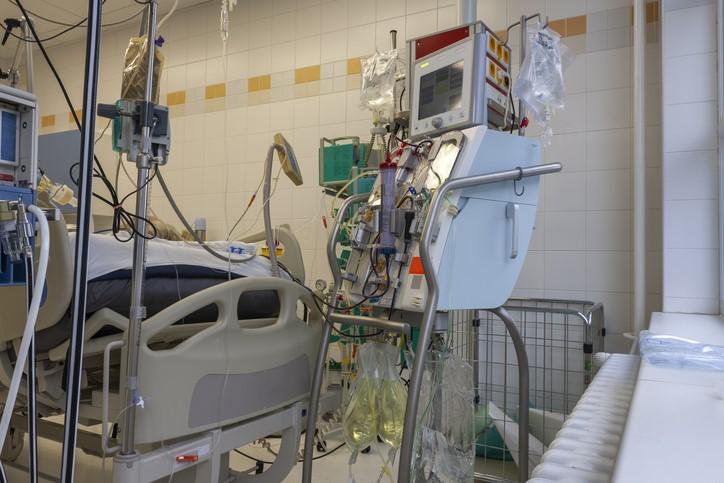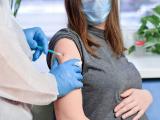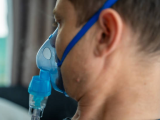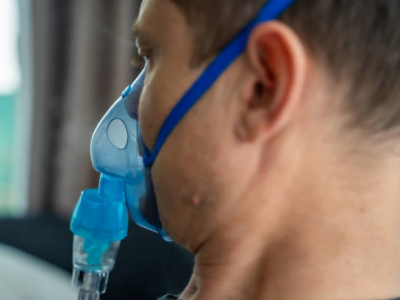Of 1,150 COVID-19 adult patients hospitalized in New York City from Mar 2 to Apr 1, 257 (22%) were critically ill, and 101 (39%) of them died, according to the largest known US prospective study of coronavirus patients.
In the prospective cohort study, published yesterday in The Lancet, researchers from Columbia University and two affiliated NewYork-Presbyterian Hospitals in Manhattan reviewed electronic medical records and lab and radiographic findings of COVID-19 patients in respiratory failure.
The most common symptoms of the 257 patients included shortness of breath, fever, cough, muscle pain, and diarrhea. Median time from symptom onset to hospitalization was 5 days; black, Hispanic, and Latino patients sought care later in their illness than white patients. Ninety-four (37%) of the patients were still hospitalized as of Apr 28. Median observation period after hospitalization was 19 days.
Underlying illnesses, delays in seeking care
Fifty-nine (62%) were Hispanic or Latino, and 13 (5%) were healthcare personnel. Of the total, 82% had one or more underlying illness, the most common of which were high blood pressure (162 [63%]) and diabetes (92 [36%]); 119 (46%) were obese, including 39 (71%) of 55 patients younger than 50 years.
Of the 257 patients, 203 patients (79%) required mechanical ventilation for a median of 18 days, 170 (66%) received vasopressors for low blood pressure, and 79 (31%) needed dialysis.
Median time to clinical deterioration after hospitalization was 3 days. Using the multivariable Cox model, the authors determined that advanced age, chronic heart disease, chronic lung disease, and elevated levels of inflammatory marker interleukin-6 (IL-6) and the blood clot indicator D-dimer were independently associated with in-hospital death.
Median age was 62 years, and 171 of 257 (67%) were men.
The vast majority of patients (229 of 257 [89%] received antibiotics, and 208 (81%) were prescribed antiviral drugs: 185 (72%) were given hydroxychloroquine, and 23 (9%) received remdesivir. Sixty-eight (26%) patients received corticosteroids, and 44 (17%) were given IL-6 receptor antagonists for inflammation.
Implications for hospital resource allocation
Max O'Donnell, MD, MPH, senior author on the study, said in a press release that the study helps characterize the effect of COVID-19 on critically ill patients.
"Of particular interest is the finding that over three quarters of critically ill patients required a ventilator and almost one third required renal dialysis support," he said. "This has important implications for resource allocation in hospitals, where access to equipment and specialised staff needed to deliver this level of care is limited."
The researchers caution that their results may not apply to hospitals outside of New York City and call for research on more racially, ethnically, and geographically diverse patient groups.
In a commentary in the same journal, Giacomo Grasselli, MD, and Alberto Zanella, MD, of the University of Milan in Italy, highlight the study's association between risk of death and high levels of IL-6 and D-dimer.
"First, it confirms the key pathogenic role played by the activation of systemic inflammation and endothelial-vascular damage in the development of organ dysfunction," they wrote. "Second, it provides the rationale for the design of clinical trials for measuring the efficacy of treatment with immunomodulating [involved in immune response] and anticoagulant [blood clot–preventing] drugs."
They call for further research to improve and tailor therapies, focusing on the role of initial noninvasive respiratory support, timing of intubation, optional mechanical ventilation settings, and the safety and effectiveness of immunomodulating and anticoagulant drugs.





















